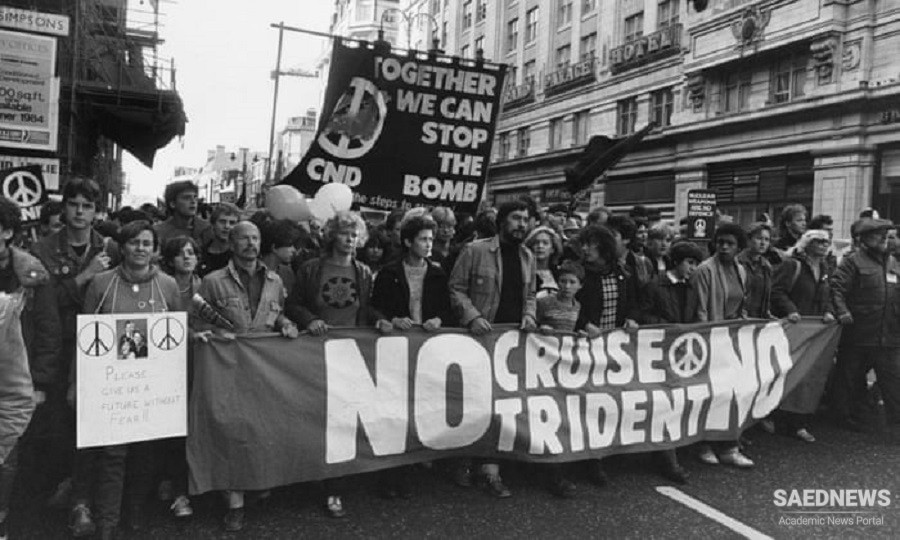The term “pacifism” especially needs deconstruction. It entered the lexicon at the beginning of the twentieth century as a general term to describe the stance of those opposed to war. After World War I the term became synonymous with an earlier, more specific tradition of religiously based refusal to condone or participate in war in any form, also known as nonresistance. This purist position was distinct from the more widely accepted traditions of pragmatic or conditional pacifism, which opposed war in principle but accepted the possibility of using force for self-defense or the protection of the vulnerable. It also contrasted with internationalism, which along with political realism traced the causes of war to the condition of anarchy among nations, and which advocated transnational cooperation and the strengthening of international law and institutions as the means of preventing armed conflict. Absolute pacifism also differed from “just war” principles, developed by Augustine in the fifth century and accepted by official Christianity, which set limits on war but gave it justification. Pacifism existed as a movement and set of ideas long before the actual word was coined in 1901. The term emerged during the tenth Universal Peace Congress in Glasgow, at a time when organizations seeking to prevent war were spreading throughout Europe and the United States. Proposals for arbitration and the development of international law were gaining support among political leaders on both sides of the Atlantic. Bertha von Suttner’s book Lay Down Your Weapons was an international bestseller, published in thirty-seven editions and translated into more than a dozen languages. The ideology of the peace movement was maturing. The narrow religious base of the early Anglo-American peace societies was giving way to more secular, humanitarian perspectives, especially in continental Europe. Prior to the Glasgow congress members of the various peace societies and international organizations generally referred to themselves as “peace workers,” “peace advocates,” or, most commonly, “friends of peace.” These were awkward terms that satisfied no one. Activists sought to develop a better term that would more effectively convey the growing maturity and sophistication of the movement.


 Peace, Nonviolence and Cooperative Power
Peace, Nonviolence and Cooperative Power














































